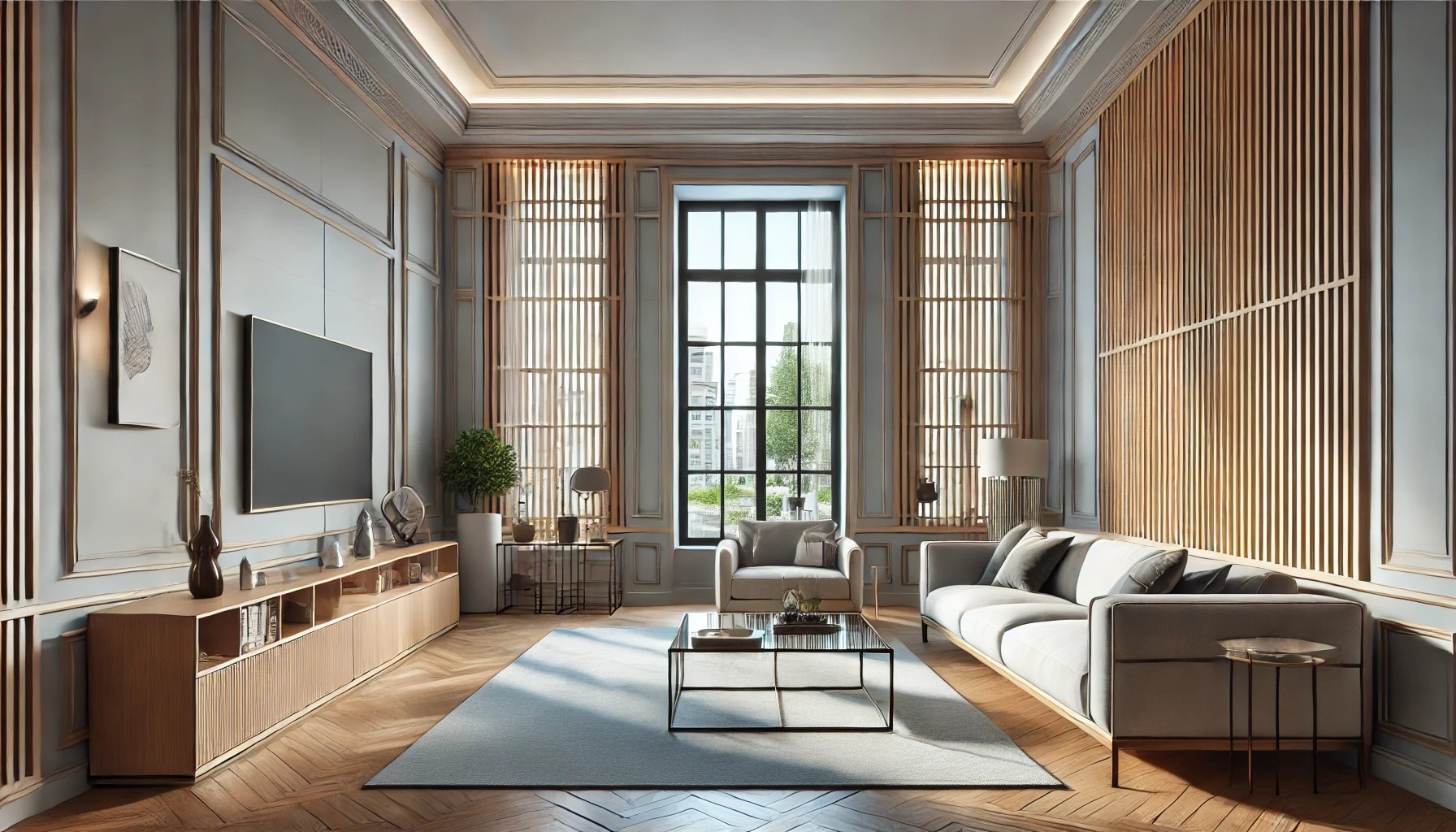Wood trim has always played a significant role in architectural design, offering both aesthetic and functional benefits. Its ability to add depth, character, and a sense of completeness to any space has made it a favorite among designers and architects. As sustainability becomes increasingly important in the building industry, there is a growing trend towards using eco-friendly and sustainable building materials. Wood trim, when sourced responsibly, not only enhances the visual appeal of a space but also contributes to environmentally conscious building practices.
In this blog post, we will explore the latest trends in wood trim and how you can incorporate these into your architectural details to achieve a timeless look. We’ll discuss the timeless appeal of wood trim, delve into sustainable wood options, and highlight current trends. Additionally, we’ll provide practical tips for selecting and maintaining wood trim, and share real-life examples to inspire your next project. Let’s dive into the world of wood trim and discover how it can transform your spaces.
The Timeless Appeal of Wood Trim
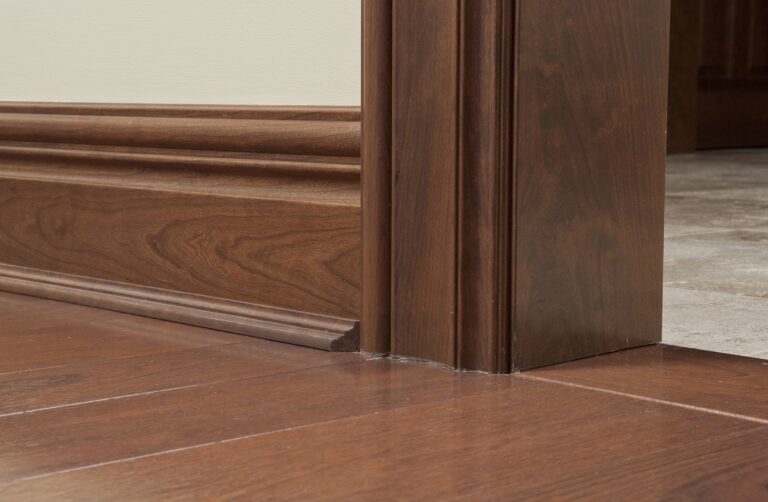
Wood trim offers a unique blend of aesthetic beauty and practical functionality. It has been used throughout history to accentuate architectural features, add warmth, and create visual interest. From the intricate moldings of classical architecture to the sleek, minimalist lines of modern design, wood trim has proven its versatility and timelessness.
One of the key reasons for its enduring popularity is its ability to complement a wide range of styles. Whether it’s the rich, ornate carvings of a Victorian home or the simple, clean lines of a contemporary space, wood trim can enhance any design. Its natural texture and color variations add depth and character, making each piece unique. Moreover, wood trim is not just about looks; it also protects walls, conceals gaps, and can improve the overall structural integrity of a building.
Sustainable Wood Options for Trim

As the demand for sustainable building materials grows, it is crucial to choose wood products that are responsibly sourced. Sustainable wood options for trim include reclaimed wood, FSC-certified wood, and rapidly renewable materials like bamboo. These options not only reduce environmental impact but also offer unique aesthetic qualities that can enhance any design.
Reclaimed wood, for example, carries a history and character that new wood cannot replicate. It often comes with weathered textures and patinas that add a rustic charm to modern interiors. FSC-certified wood ensures that the wood is sourced from responsibly managed forests, promoting biodiversity and preventing deforestation. Bamboo, a rapidly renewable resource, is another excellent choice for eco-conscious builders. It is highly durable, versatile, and has a unique grain that adds a modern touch to any space.
Current Trends in Wood Trim
Minimalist and Clean Lines
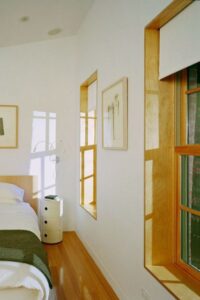
Minimalism continues to be a strong trend in interior design, and this extends to wood trim as well. Clean, straight lines and simple profiles are favored for their ability to create a sleek, uncluttered look. This style works well in modern and contemporary settings, providing a subtle yet sophisticated accent that doesn’t overwhelm the overall design.
Natural and Raw Finishes
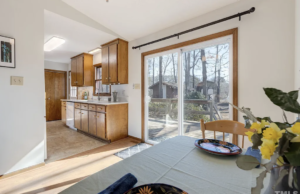
There is a growing appreciation for the natural beauty of wood, leading to a trend towards unfinished or lightly finished wood trim. This approach highlights the grain, knots, and natural imperfections of the wood, creating a warm, organic feel. Maintaining this look requires careful selection of wood species and proper finishing techniques to protect the wood while preserving its natural appearance.
Mixing Wood with Other Materials
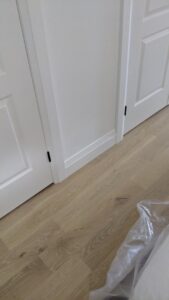
Combining wood with materials like metal, glass, and stone is a popular trend that adds visual interest and contrast. For example, wood trim paired with metal fixtures can create an industrial-chic look, while wood and glass combinations can enhance a modern, airy feel. This trend allows for creative expression and customization, making each design unique.
Geometric Patterns and Custom Design
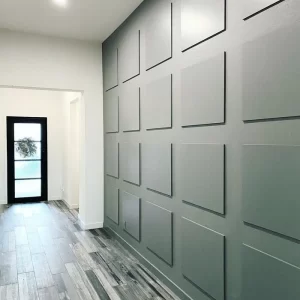
Wood trim is increasingly being used to create geometric patterns and custom designs that add a unique architectural element to interiors. Whether it’s a herringbone pattern on a feature wall or intricate latticework on a ceiling, these custom designs make a strong visual statement. Advanced woodworking techniques and CNC technology have made it easier to achieve these detailed patterns, expanding the possibilities for wood trim applications.
Practical Tips for Incorporating Wood Trim
Choosing the Right Wood Type
Selecting the appropriate wood type is crucial for achieving the desired look and ensuring durability. Factors to consider include the room's function, exposure to elements, and the desired aesthetic. Hardwoods like oak and maple are durable and suitable for high-traffic areas, while softer woods like pine and cedar can be used in less demanding environments.
Installation Techniques
Proper installation is key to ensuring that wood trim looks good and lasts long. It’s important to follow best practices, such as allowing the wood to acclimate to the room's humidity before installation, using the right tools and fasteners, and ensuring precise measurements and cuts. Professional installation can ensure a flawless finish, but DIY enthusiasts can also achieve great results with careful planning and attention to detail.
Finishing and Maintenance
Finishing wood trim enhances its appearance and protects it from wear and tear. Options include staining, painting, or applying a clear coat to highlight the wood's natural beauty. Regular maintenance, such as dusting and occasional reapplication of finishes, is essential to keep the wood looking new. Addressing any damage promptly, such as filling in scratches or refinishing worn areas, will extend the life of the trim.
Conclusion
Incorporating wood trim into architectural details can significantly enhance the aesthetic appeal and functionality of a space. The timeless appeal of wood, combined with modern trends and sustainable practices, makes it an excellent choice for any design project. By choosing the right wood type, following proper installation techniques, and maintaining the wood trim, you can create beautiful and lasting architectural details.
Ready to transform your space with timeless wood trim? Contact Coastal Custom Products today to learn more about our sustainably sourced wood options and how we can help you achieve your design goals. Visit our website for more tips and inspiration, and subscribe to our newsletter for updates on eco-friendly building materials and design trends. Let’s build a more sustainable future together!


